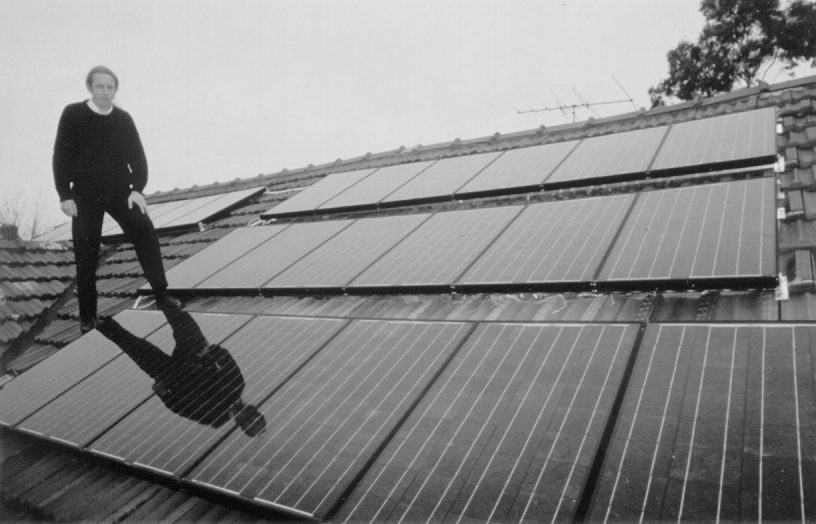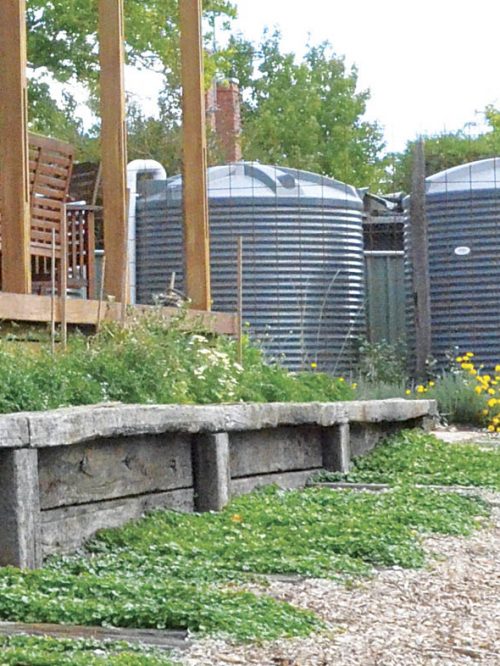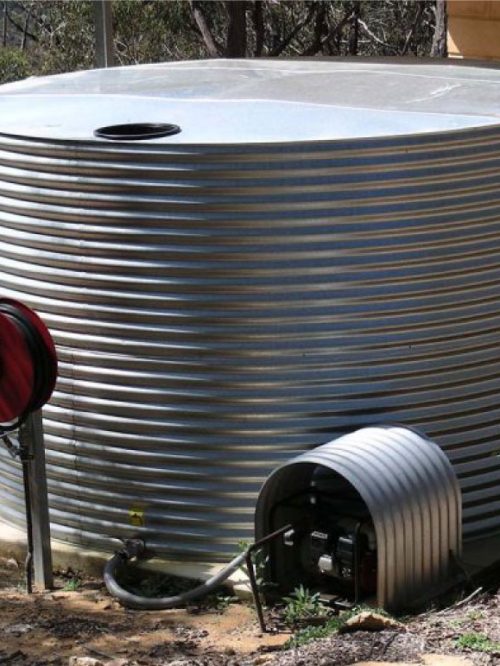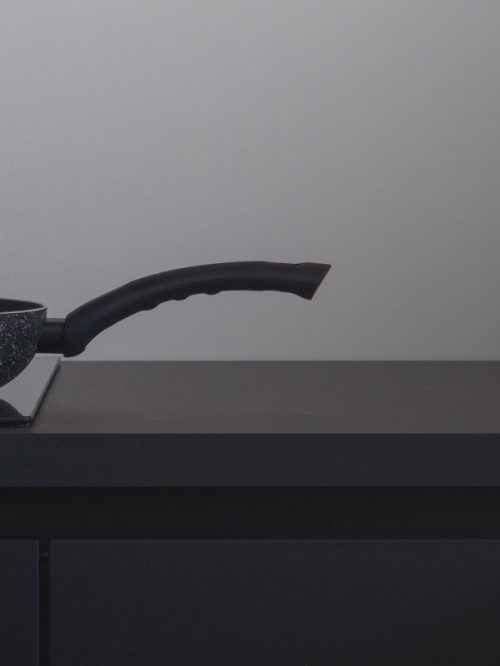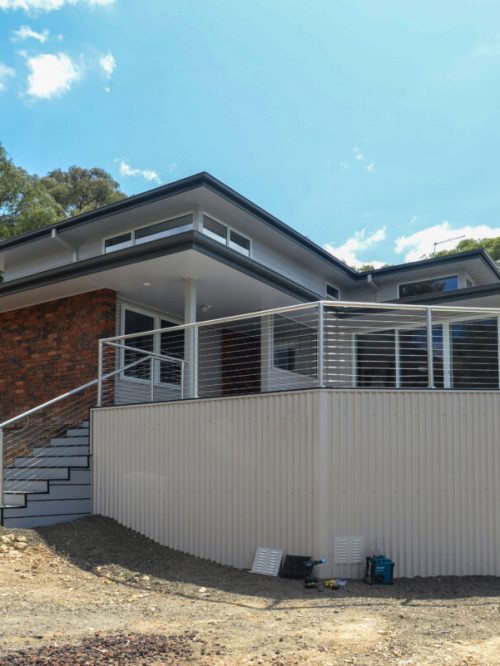In a grid-interactive system, any electricity produced by the solar PV system but not needed by the house at the time it is produced is simply fed into the mains grid.
The home can still draw electricity from the grid when insufficient electricity is being generated by the solar panels. Note that in some areas, the energy utility may place a limit on how much you can export, or even prevent it altogether.
Grid-interactive systems have two main components, the solar panel array and a grid-interactive inverter, connecting into the household’s switchboard and electricity meter.
Grid-interactive systems are easy to operate and low-maintenance, however such a system will not work during the power blackouts that might occur during bushfires, floods or heatwaves. Grid-interactive solar inverters will shut down for safety reasons if the grid fails, to prevent electricity from being fed back into the grid during maintenance.
While grid-interactive solar PV systems are not as reliable as off-grid systems in the case of a bushfire, they still offer a great return on investment for the average household. Stuart McQuire and Wendy Orams were second in Australia to install a grid-connected rooftop PV system, and haven’t paid an electricity bill since 1996.




